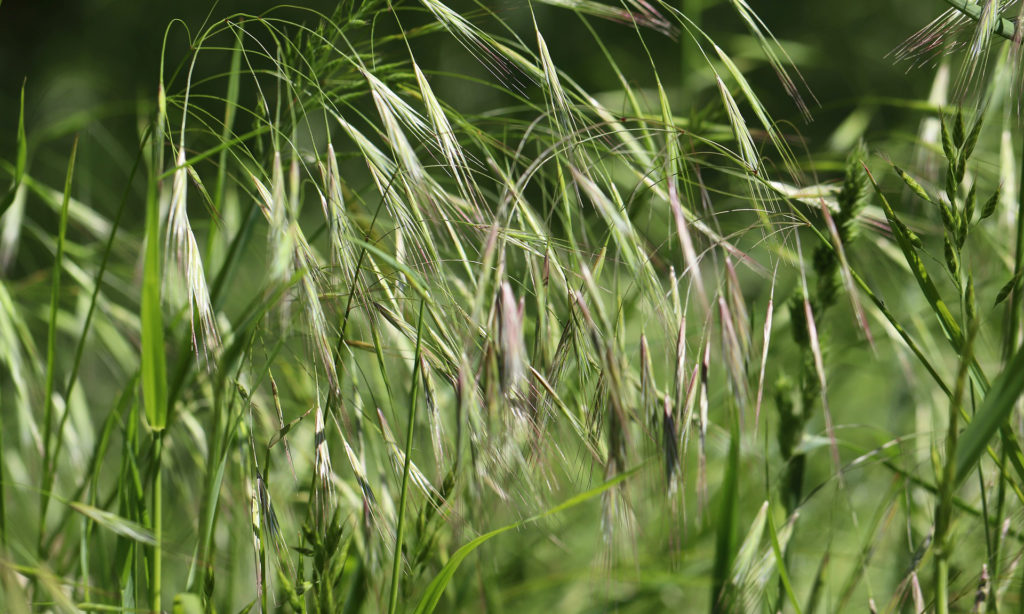Boulder County Parks & Open Space offers grants for research on county open space lands each year. All proposals are reviewed by a team of resource specialists, and awarded research projects are monitored during their activities on open space.
The following is a summary of a 2021 study conducted by Christina Alba and Michelle DePrenger‐Levin at the Denver Botanic Gardens. The project focused on post‐fire assessment and incorporation of indaziflam (Rejuvra®).
Abstract
Land managers are increasingly tasked with understanding interacting global change phenomena. Biological invasions and altered fire regimes are two aspects of global change that together shape vegetation dynamics and ecological function in the western United States.
Non‐native winter annual grasses such as Bromus tectorum L. (cheatgrass), which respond well to fire and change fuel characteristics, can create a plant‐fire cycle that leads to loss of native biodiversity and attendant ecosystem function. Recent advances with pre‐emergent herbicides have provided managers with an additional tool for controlling non‐native annuals and biennials, while potentially reducing unwanted impact on native perennials.
Indaziflam (Rejuvra®) has recently been approved for use in natural areas, where its effect on propagule availability could mediate plant community response to pulsed disturbances such as fire. For example, given the targeted effect of Rejuvra® on shortlived species, it is of interest to assess whether its use could thwart establishment by short‐lived native species that recruit post‐fire.
Here we assessed plant community composition in areas of Heil Valley Ranch and nearby locations in Boulder County, Colorado, that were treated pre‐fire (or not) with spraying regimens that include Rejuvra®, and that were burned (or not) during the 2020 Cal-Wood Fire (setting up a naturally occurring factorial combination of treatments).
Our overall objective was to determine whether sprayed areas are better primed for post‐fire recruitment of desirable native species than untreated areas. Within the umbrella of this objective we:
- Assessed whether burning affected the efficacy of herbicide treatment in controlling the target non‐native grasses Bromus tectorum and Bromus japonicus.
- Determined how the richness and relative abundances of native and introduced species responded to burning, spraying, and burning plus spraying; we include a focus on short‐lived functional groups, given the targeted effect of Rejuvra® on short‐lived species.
- Assessed whether burning or spraying affect the presence of species with different levels of tolerance to habitat degradation (using the Coefficient of Conservatism metric).

